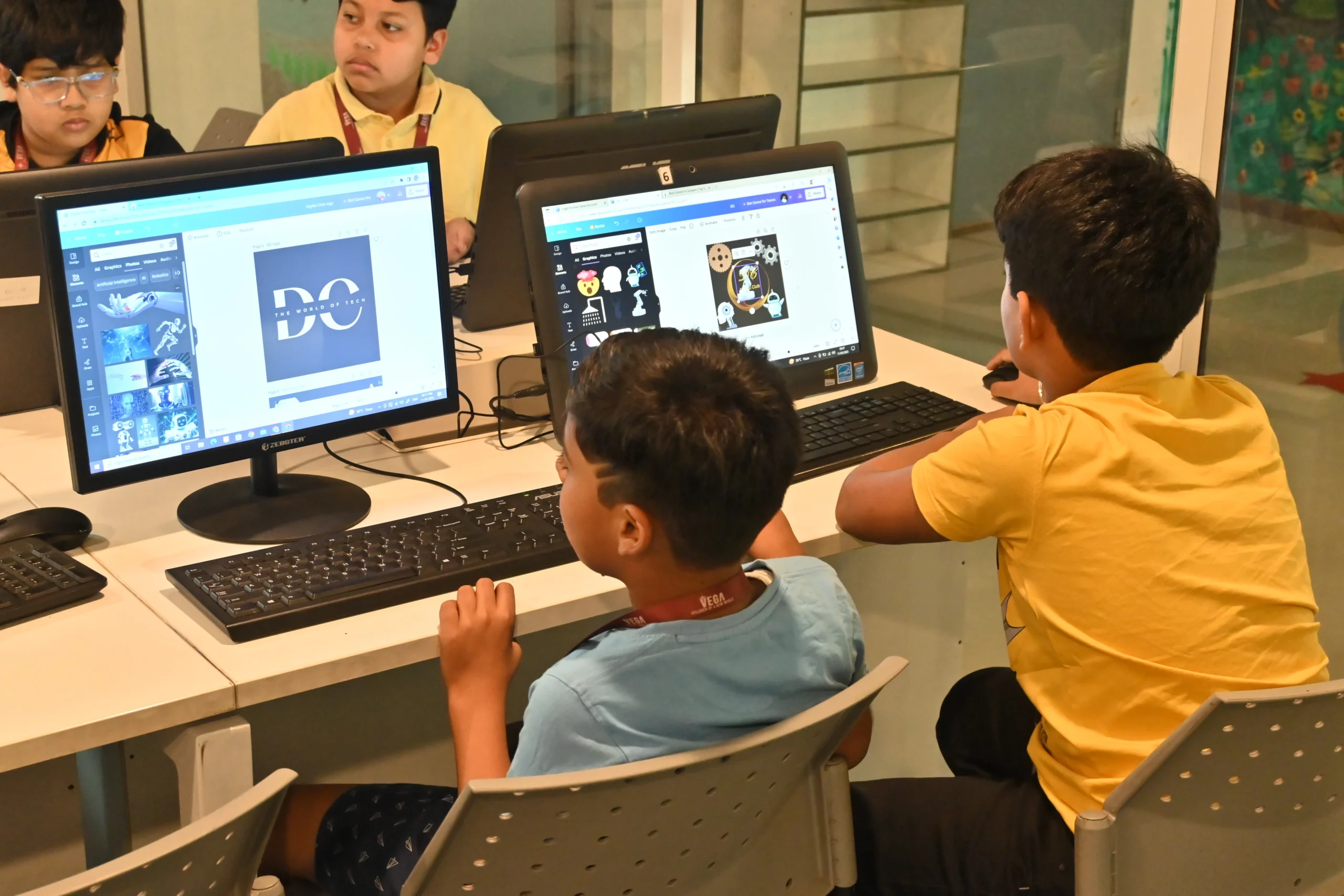By giving children the space and tools they need to develop in a variety of areas, school infrastructure plays a crucial role in promoting holistic development. well-equipped classrooms improve learning chances. Sports facilities and safe, healthy surroundings promote physical development. Common areas and counseling rooms, which promote teamwork and mental health, are ideal environments for social and emotional development.
Diverse beliefs are valued in welcoming, encouraging environments that foster ethical growth. Overall, kids’ academic performance, physical well-being, social skills, emotional stability, and ethical awareness are all fostered by safe, sustainable, and exciting infrastructure.
- Social Development
Students may interact, work together, and form relationships in cafeterias, libraries, and common areas. Their social skills, collaboration, and conflict-resolution abilities are enhanced by these social encounters.
Students are better prepared for a multicultural society and foster healthy social connections in an inclusive and varied educational environment.
2. Psychological and Emotional Development
Students who feel safe and emotionally supported are more likely to have good mental health thanks to a caring and supportive school infrastructure that includes thoughtfully planned areas for rest and counseling.
For introspection or to discuss personal issues, some students may want calm or secluded areas. Counseling rooms and other appropriate infrastructure make it possible to meet these emotional requirements.

3. Individual Growth
Infrastructure that is Safe and Accessible, Well-thought-out buildings that are open to all students, including those with disabilities, foster inclusion and self-worth. This promotes self-reliance, self-assurance, and a feeling of inclusion for every learner.
Well-run schools frequently include procedures that support students in assuming leadership positions, such as running the school’s facilities or planning events, which aids in the development of their organizational and leadership abilities.
4. Development of Creativity and Art
Students are encouraged to express themselves artistically at schools that have spaces set aside for music, theater, art, and craft. This helps them develop their artistic abilities and emotional intelligence.
Students may study and enjoy a variety of art and cultural forms at a well-equipped school through exhibitions, performances, and cultural activities.
5. Sustainability
In order to promote environmental responsibility and awareness, sustainable infrastructure development in schools is essential. Green areas, energy-efficient structures, and recycling initiatives are examples of eco-friendly features that teach pupils about sustainability in action. For example, kids may get firsthand knowledge of the environment, biodiversity, and conservation through school gardens and outdoor classrooms.
Solar panels and LED lighting are examples of energy-efficient features that lower the school’s carbon footprint and provide an example of environmentally responsible conduct. Students are encouraged to take an active role in trash reduction through recycling efforts. In addition to helping the environment, this kind of infrastructure helps students develop enduring ideals of environmental stewardship, enabling them to become responsible members of society worldwide.
6. Academic Growth Learning Environment:
Focus and attention can be improved in a classroom that is well-equipped and organized. Good acoustics, suitable lighting, and cozy seating all raise the standard of instruction.
Technology Integration: Students may participate in interactive learning and access a variety of materials in schools equipped with contemporary technology, including computers, projectors, and internet connection, which improves their academic ability.
In conclusion, school infrastructure is not just about buildings and facilities; it is a cornerstone for creating an environment that supports the holistic development of students. Well-designed infrastructure impacts academic performance, physical well-being, social interactions, emotional health, and ethical growth.
By investing in such infrastructure, schools provide students with the resources, opportunities, and support they need to excel in various facets of life. This investment ultimately contributes to shaping well-rounded individuals who are equipped with the skills, knowledge, and values necessary to succeed both inside and outside the classroom.
Vega Schools offers holistic education to children in Delhi NCR and is rated among the top Schools in Gurgaon. Its modern infrastructure, facilities, and experienced teachers are a big asset to the learning & development of students, be it for Nursery, Primary or Senior children making Vega Schools the best schools in Gurgaon. For information about admission please visit the Vega Schools campuses in Sector 48 and Sector 76 Gurugram.
